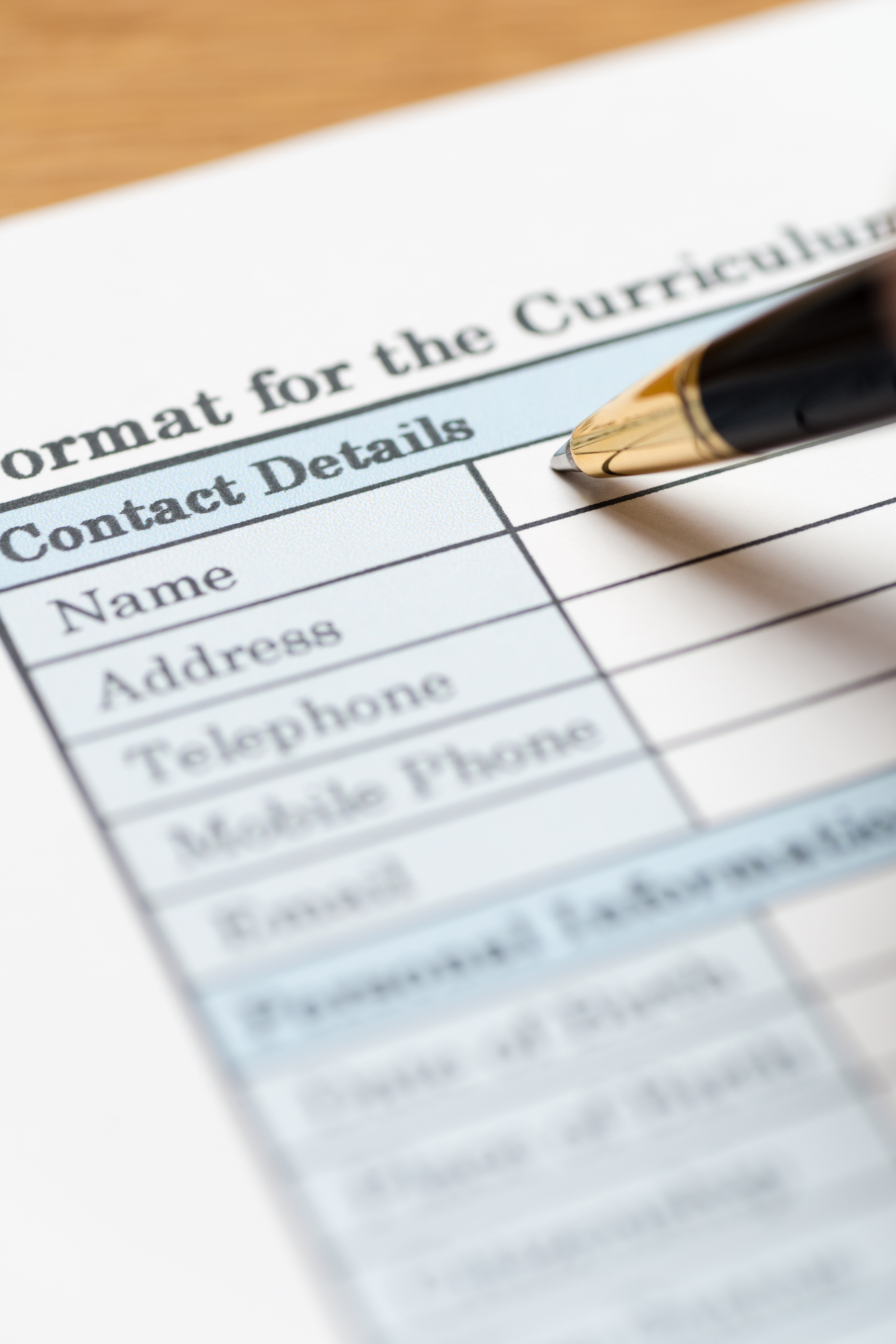There are several ways to write an English resume, but there are 3 common styles that are used:
1. Chronological Resume
This resume style starts with the most recent employment first and educational background last, in what is called “reverse-chronological order”.
Career advancement and promotions can be stressed, however, it may have a negative effect for a person who has had many career moves. A good rule of thumb is to focus on the past ten years of employment history relevant to the position you’re seeking.
2. Functional Resume
Skills and experience take priority in this type of resume and are highlighted in sections. Unlike the chronological resume, work history and skills do not need to be stated in timeline order. By using this style, you can emphasize your particular skills to a potential employer. It is better to avoid using this style if you do not have much overall work experience.
3. Combination Resume
This style is a combination of the chronological and functional resume formats. This is the most popular and utilized style of resume. It is common to list employment history and skills first and educational background afterward, but can also be in the reverse order depending on your experience and the job you’re applying for.
A Note of Caution for the Combination Resume
1. Resume Header
Unlike a Japanese resume, your full name needs to be placed at the top of the document, as if it were a title.
It will stand out more by using bold or a slightly larger font than the body text of your resume. This should be immediately followed by your contact information and website link if you have one.
2. Paper
Use A4 paper of good quality. A heavy white, light gray, or ivory paper would be best. Do not fold or crease the paper. Keep it neat with no visible faults, such as stains, smudged ink, or pen marks.
3. Layout
The most important information should be placed on the top of the resume to get the attention of the potential employer. In general, there are sections with headings for experience, education, achievements, and skills. If you are a new graduate, it is common to list previous activities and courses that are relevant to the position you’re applying for.
4. Font and Size
Times New Roman at 12 point font is a commonly used font and font size combination. In addition, bolding the titles of resume sections makes them noticeable and easy to read. Do not use any font size smaller than 9 point and no more than three different font sizes at once. For example, your name at the top can be 12 point font, while your subheadings can be 11 point, and the body text can be 10 point. Keep a visible balance in your text so that nothing distracts the employer from reading your full resume and considering you for the job!
5. Work Experience and Educational background
The most common resume style starts with the most recent experience and background that includes short and concise explanations; preferably one line per explanation. Any special notes should be written on a separate page, but the whole resume should be kept to one page, two at maximum if absolutely necessary. Duration dates and basic locations, including the city, state or country, of offices and schools should also be included in the resume.
